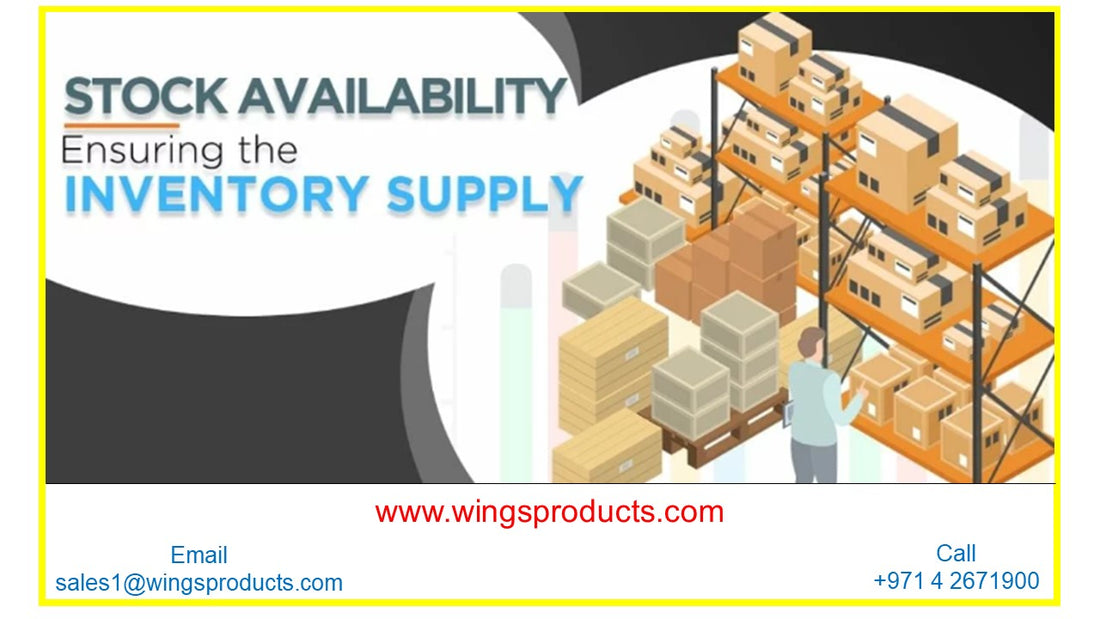Many cost components affect the inventory carrying costs equation – and together they become a lot and it is a very common way that businesses waste money.
Let’s break down each component:
1. Capital Cost
Capital Cost, may be the largest portion of inventory carrying costs. This includes the cost for purchasing the items plus any interest and fees if the business borrowed from a bank. Keeping the money tied up will put a strain on the cash flow. This then increases the need for more capital leading to additional cost.
Action: To reduce this capital cost, invest in a forecasting tool that will advise you to make smaller purchases and at the right times. Then you could try and negotiate a lower purchase price with the suppliers.
2. Inventory Storing Cost
Warehouse space is very costly, so the size of each shelf, bin and box counts. Compare your total cost to a third-party logistics (3PL) provider. This way you will realize if your current costs are reasonable because a partner will charge by the cubic meter, shelf, pallet or item.
Action: A business can redesign its warehouse layout or how it stores products of different shapes/sizes to reduce storage costs. Reducing inventory may even allow a business to move to a smaller warehouse, and this is one way of reducing storage costs.
3. Employee Cost
This is the labor cost associated with receiving, putting away, removing and delivering products.
Action: Companies should rearrange their warehouses in order to increase productivity. This is done by storing the most popular items near packing stations or automating routine work. Try out different picking methods and use software that will help you in reducing labor costs.
4. Opportunity Cost
If a business overspends on inventory, then its money gets tied up which it could have used for marketing, hiring new staff, purchasing or leasing new real estate space and many other investments.
Action: Reduce the inventory on hand so that the lost opportunities that are generally more valuable to the business than items sitting on a shelf in the warehouse are taken advantage of.
5. Stock Obsolescence
Stock Obsolescence or Obsolete inventory is the stock that can no longer be sold or consumed because it has reached the end of its lifecycle. This results in an increase in inventory and hence inventory carrying costs. Items become obsolete after they depreciate to the extent of having no value and they have to be written-off.
Action: Businesses can minimize this by finding ways to sell or use the items while it still has some value, such as through heavy discounting, by selling it to a liquidator or donate it towards a cause. Else, you are likely to pay to dispose it.
6. Insurance, Taxes and Admin Costs
Many businesses have insurance policies to protect their inventory. If a flood or fire destroys a store or warehouse, then all is not lost. But the insurance cost increases as the items in the warehouse increase. In the same way, the more inventory you have, the higher will be your taxes, facility maintenance, cleaning and transportation.
Action: Businesses can reduce both insurance and tax expenses by keeping lesser Items or only the important ones in the warehouse.
7. Material Handling
Labor for putting it in a warehouse bin to printing a shipping label, is a substantial part of the money spent on material handling. But machinery and equipment are also part of this expense category.
Action: Now if a business stores fewer items in the warehouse, it will require less machinery and equipment, or it may use them less frequently and that in turn will reduce the need for maintenance and repairs.
8. Shrinkage
Shrinkage is when items in the warehouse are missing before it is sold to the customer or consumed. Reasons of inventory shrinkage may be theft, fraud, damage or mistakes in record-keeping. Similar to other invent with other inventory carrying costs, the more stock a business holds, the more likelihood of shrinkage.
Action: A business would find and let go employees who are stealing, talk to suppliers about damaged goods, improve internal processes and perform stock taking more frequently to reduce shrinkage.
9. Warehouse Management System
Businesses cannot be run with spreadsheets because they have limited functionality and very little automation. With spreadsheets, cardex or other dated tracking methods, a business’ inventory reports will be incorrect and will not be updating in real time.
Action: Invest in an intelligent and modern warehouse management system so that you know what is kept where, what is the expected demand, when to order, how much to order and from whom to order from.
10. Redesign Your Warehouse
Businesses often don’t make the most of the space they have. Once you make physical changes to the warehouse, you will be surprised at the reduction in holding costs.
Action: Small changes could be using containers, adding shelves to increase vertical space or putting the frequently used products in a central location. All this will reduce the labor and storage costs. The other benefit is that redesigning a warehouse could make it less likely that excess inventory goes unnoticed, which in turn will lower the capital, depreciation, obsolescence, insurance and tax costs.
11. Contract Renegotiation with Suppliers/Customers
Stocking large quantities of items in advance or for long periods of time keeps your warehouse occupied, resulting in increased costs. Manufacturers and distributors should explore ways to avoid paying excessive carrying costs.
Action: Renegotiate agreements with your suppliers and/or customers. Make sure you are not bearing the bulk of unavoidable risks and costs before customers buy these items. For example, specify a maximum holding time for inventory in the agreement, and beyond that period to recoup some of those carrying costs.
